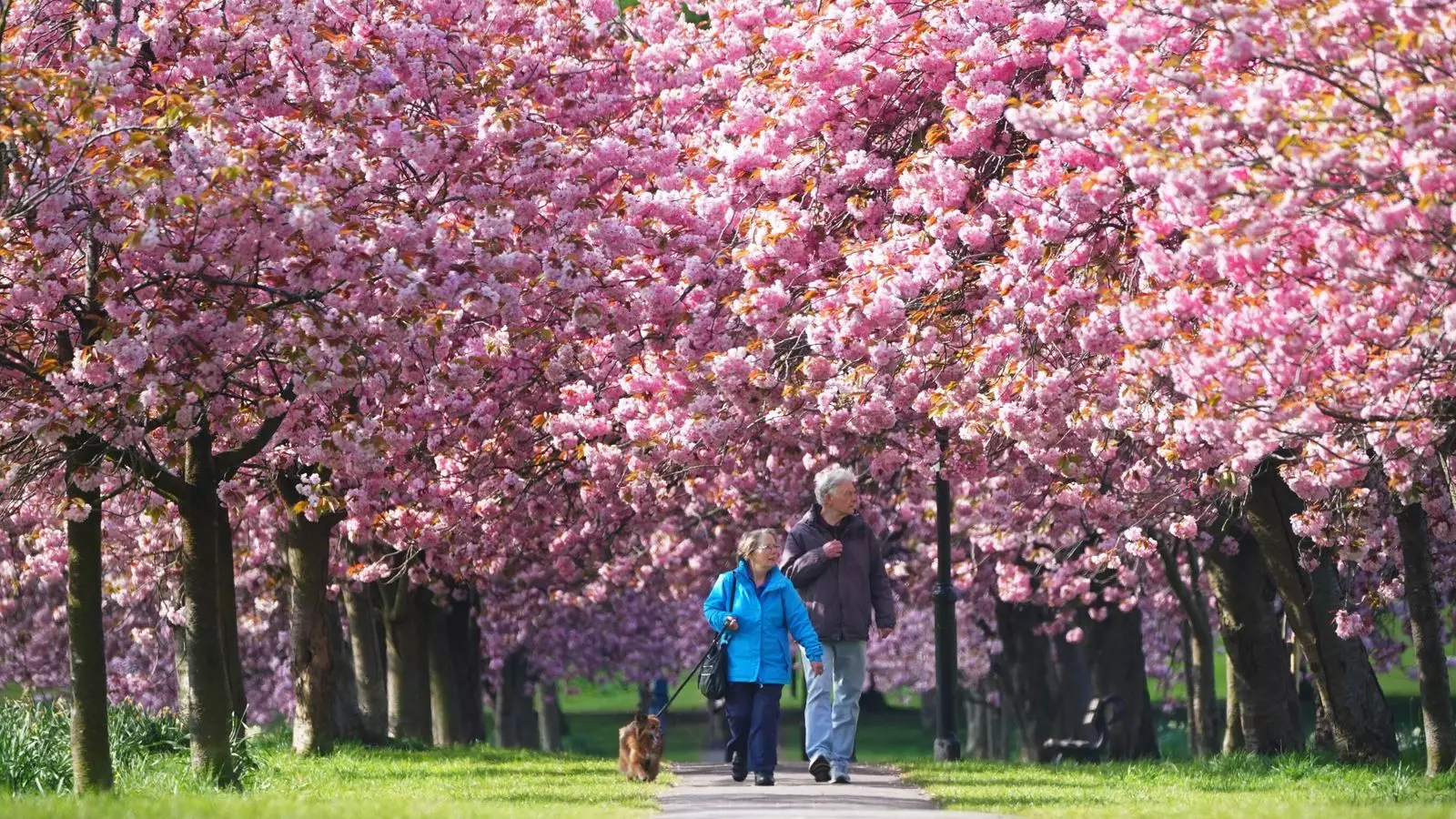Spring in the UK is often characterized by its unpredictable weather. One week, people are rolling out their barbecue sets under a stunning sun, and the next, they’re cowering from unexpected showers. This year is no exception. While the first phases of March and April delivered a healthy dose of warmth, the last ten days have showcased the mercurial nature of British spring. The variance in rainfall across regions has highlighted the inconsistent patterns that seem to plague the skies above the UK. Reports from Tyne and Wear reveal that they’ve only received a mere 7% of their expected rainfall for April, a stark contrast to places like Cornwall, where nearly 156% of the norm has fallen. This inconsistency is emblematic of a climate that seems to revel in its own chaotic unpredictability.
Rain, Rain, Not Here to Stay
In stark juxtaposition to southwestern regions, parts of Northern England appear to be increasingly parched. While the rain has been a blessing for some areas—most notably parts of Ireland and Wales that desperately needed it—this disparity creates a jarring visual landscape: lush greenery in some counties and barren stretches in others. This illustrates a crucial environmental issue: uneven distribution of precipitation and the resulting impact on local ecosystems. Rain gauges in Wales have nearly doubled the average rainfall for April, raising concerns about flooding, while Northern Britain worries about drought. Such discrepancies should force us to confront the realities of climate change that are entering our whims of daily weather, reminding us that these weather patterns are not just statistical anomalies but are becoming the status quo.
The Rise of Thermometer Temperatures
As we move towards mid-April, forecasts predict a shift in the atmospheric narrative. Sunshine and significantly elevated temperatures are expected to prevail early next week, with highs potentially reaching between 22C (72F) and 24C (75F). Here we find a double-edged sword: while many will welcome the sun with open arms, the reality beneath this bright surface has implications for climate discussions that we can no longer afford to ignore. It’s enthralling to experience unprecedented warmth for this time of year, yet sobering to consider the long-term ramifications on our climate systems. The record of 29.4C (85F) set in Camden Square back in 1949 is a benchmark—one that indicates a warmer world where such temperatures become commonplace.
The London Marathon’s Weather Wager
Among the various events, the London Marathon is looming large this weekend, with temperatures expected to rise significantly. Runners and spectators alike may find themselves grappling with near-summer-like conditions, marking a notable change from the previous year’s chill. While many see such warmth as a unique thrill, it underscores a growing concern: could we be witnessing marathon conditions that will instead become the norm? As competitors navigate a stretch of sunny miles where temperatures might climb to 22C (70F), I find myself contemplating not merely the feasibility of running in such heat but also questioning: what does it say about our climate that athletes now have to contend with these variables?
The Future of Our Seasons
As we peer towards the week ahead, models offer investors mixed signals about whether the settled weather will persist or if a disruptive breakdown is on the horizon. Despite this uncertainty, one thing is clear: our climate is shifting. Labels like “high pressure” or “thundery breakdown” no longer represent mere meteorological terms—they symbolize the intricate dance of climate resilience. The dichotomy between dry spells and torrential showers poses important challenges for agriculture, water resources, and the very health of our ecosystems.
Though the spring weather can be exhilarating with its highs and lows, the underlying narrative of climate change is pushing us toward newfound reflections. Bridging the joy of sunshine with the stark reality of environmental consequences is the new narrative we must face. We must embrace both celebrations of warmth and acknowledgment of the alarming shift, for the choices we make today will shape the weather our children will encounter tomorrow.

Leave a Reply